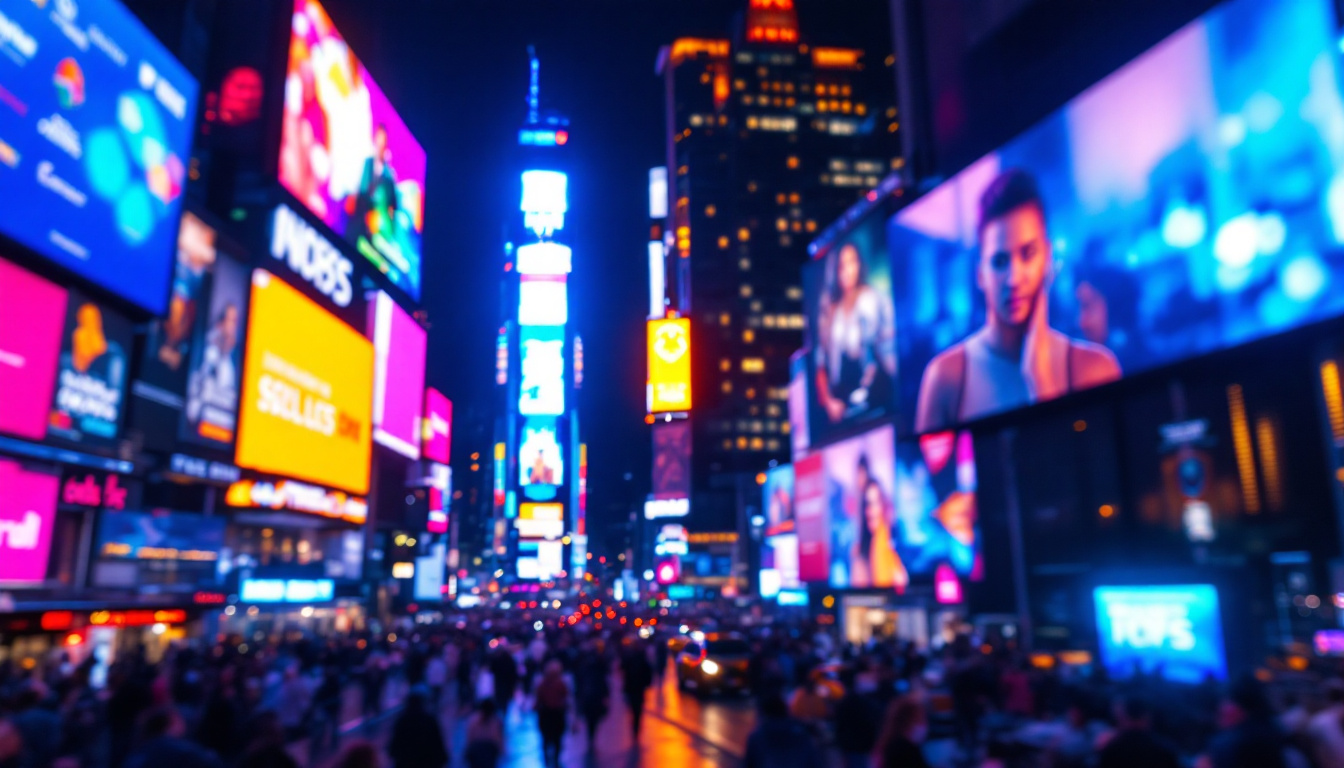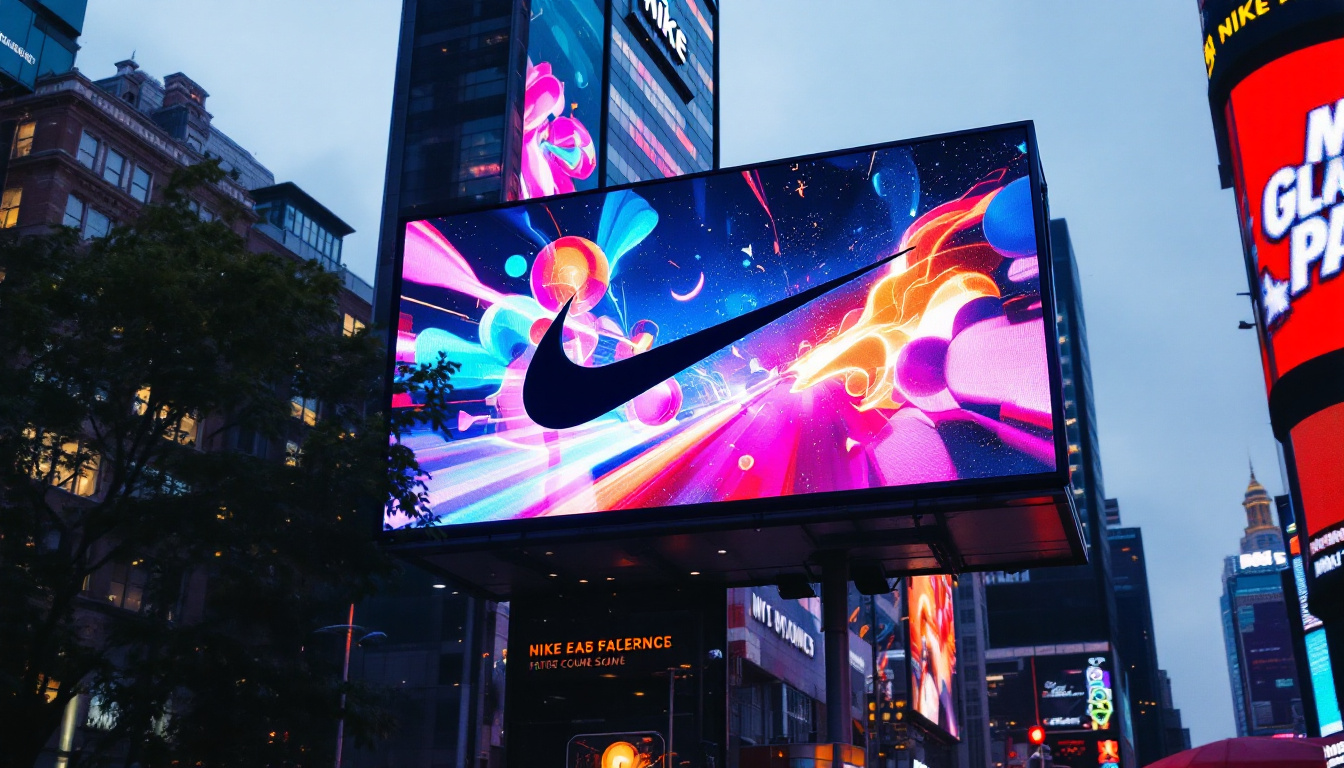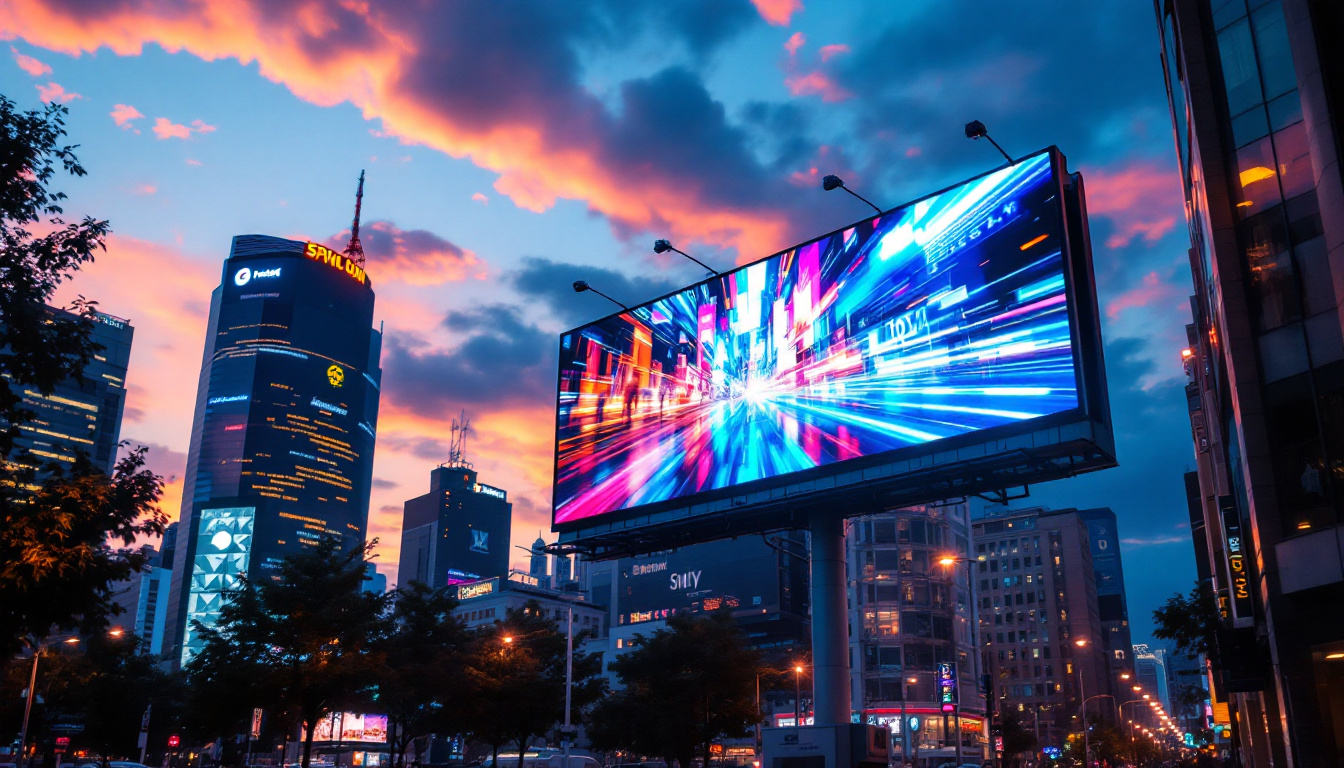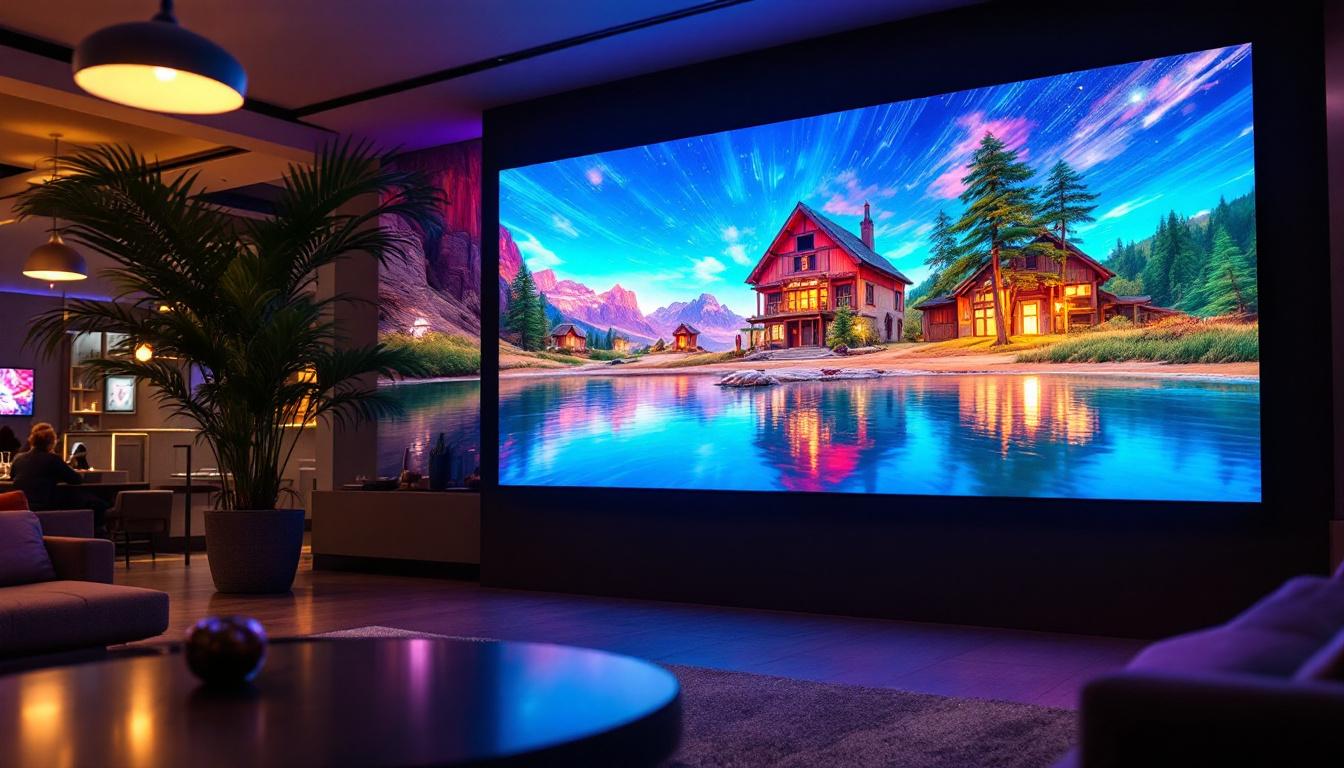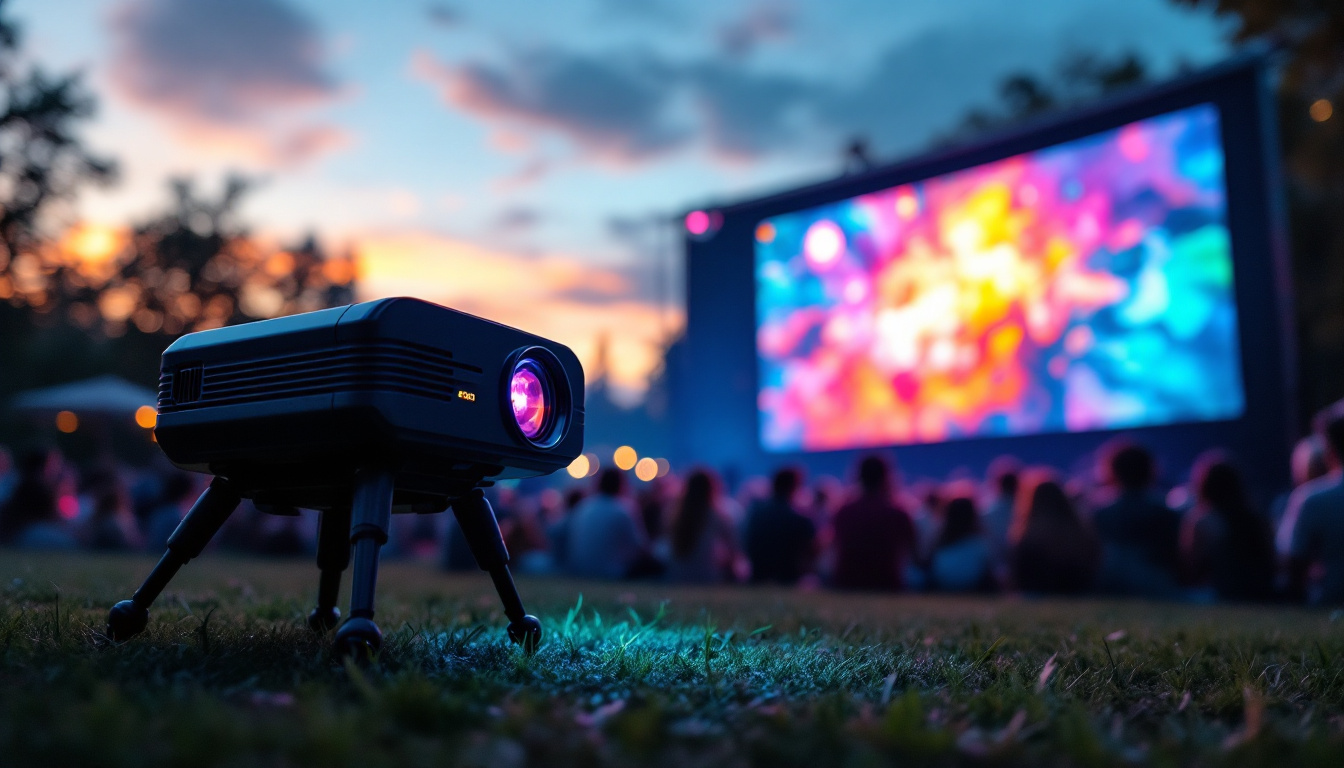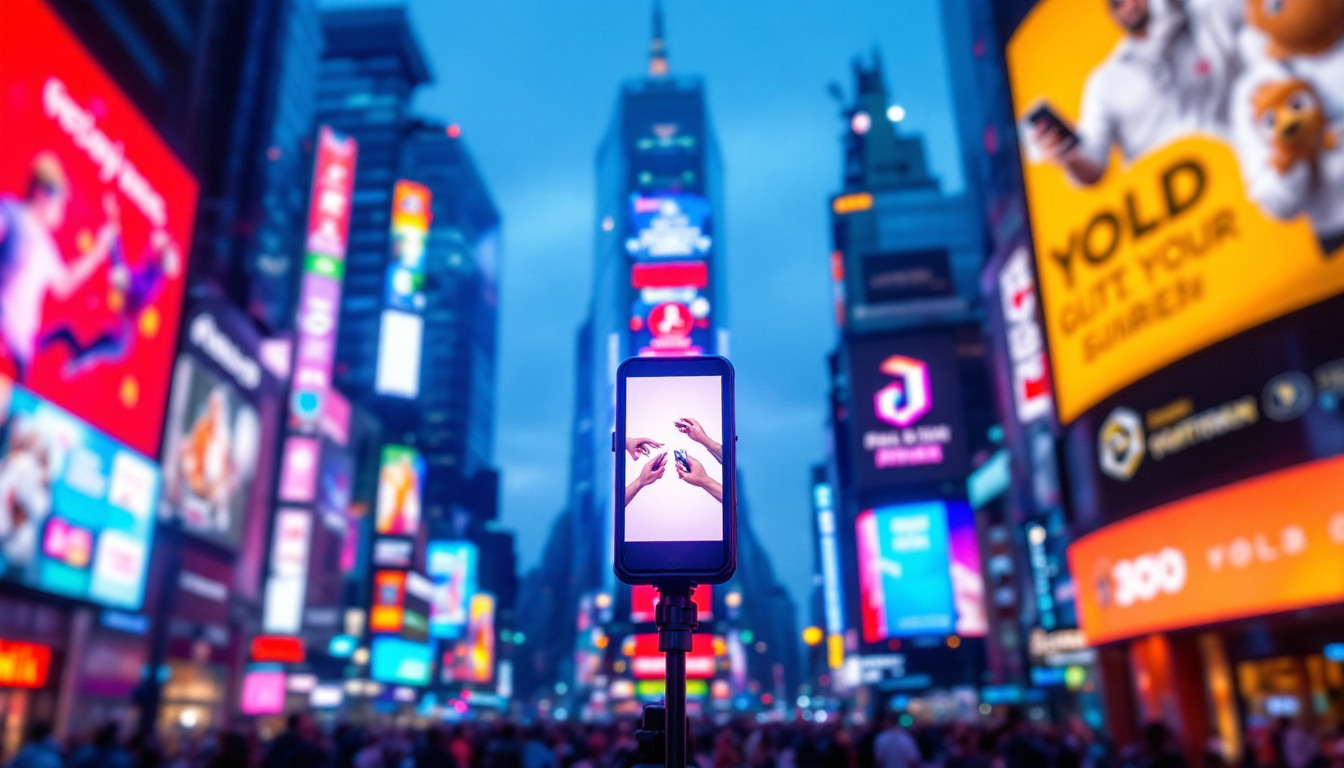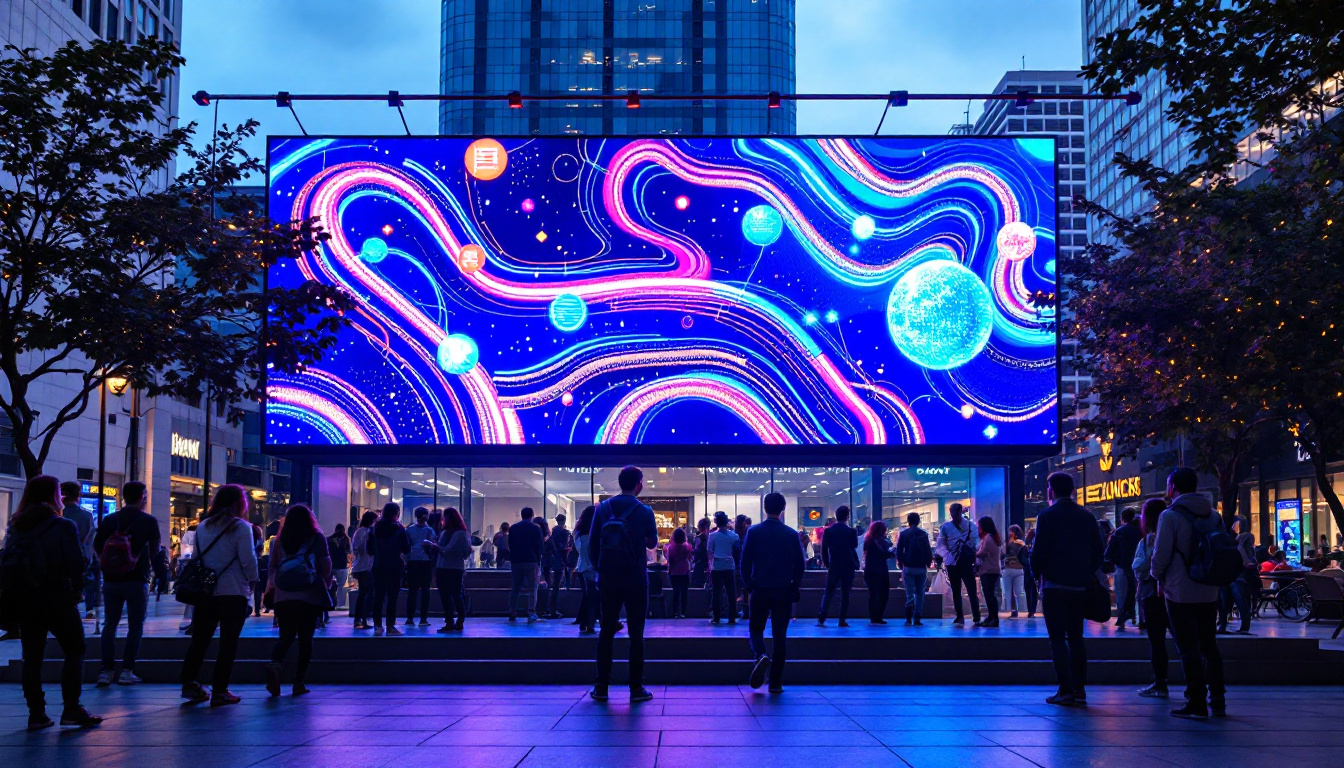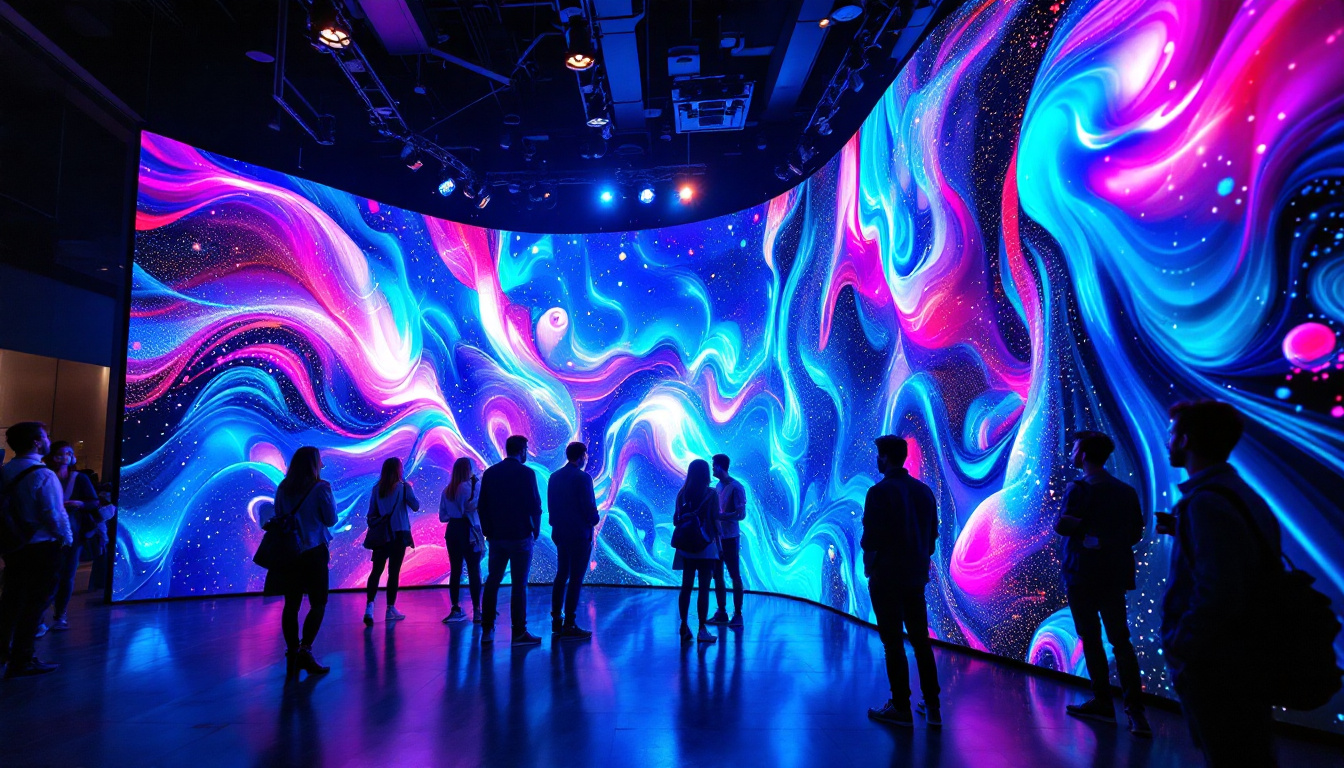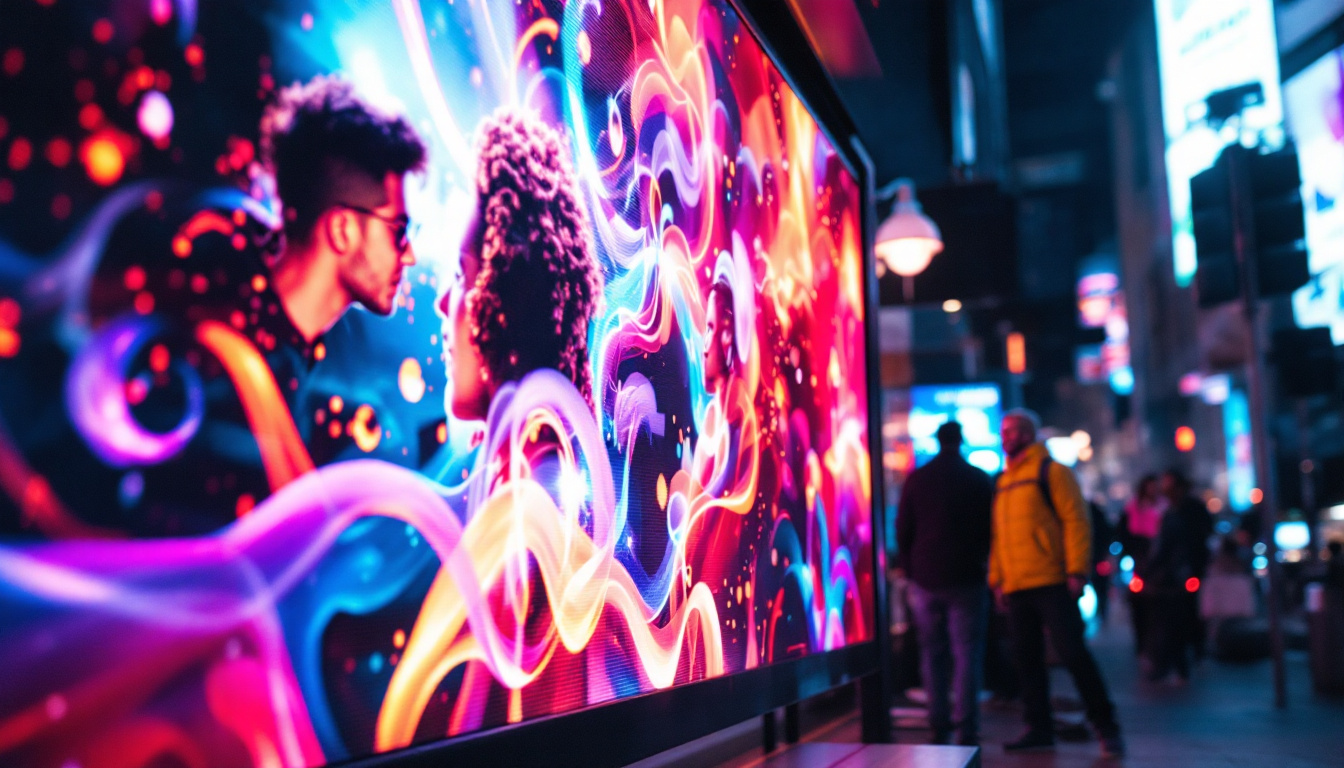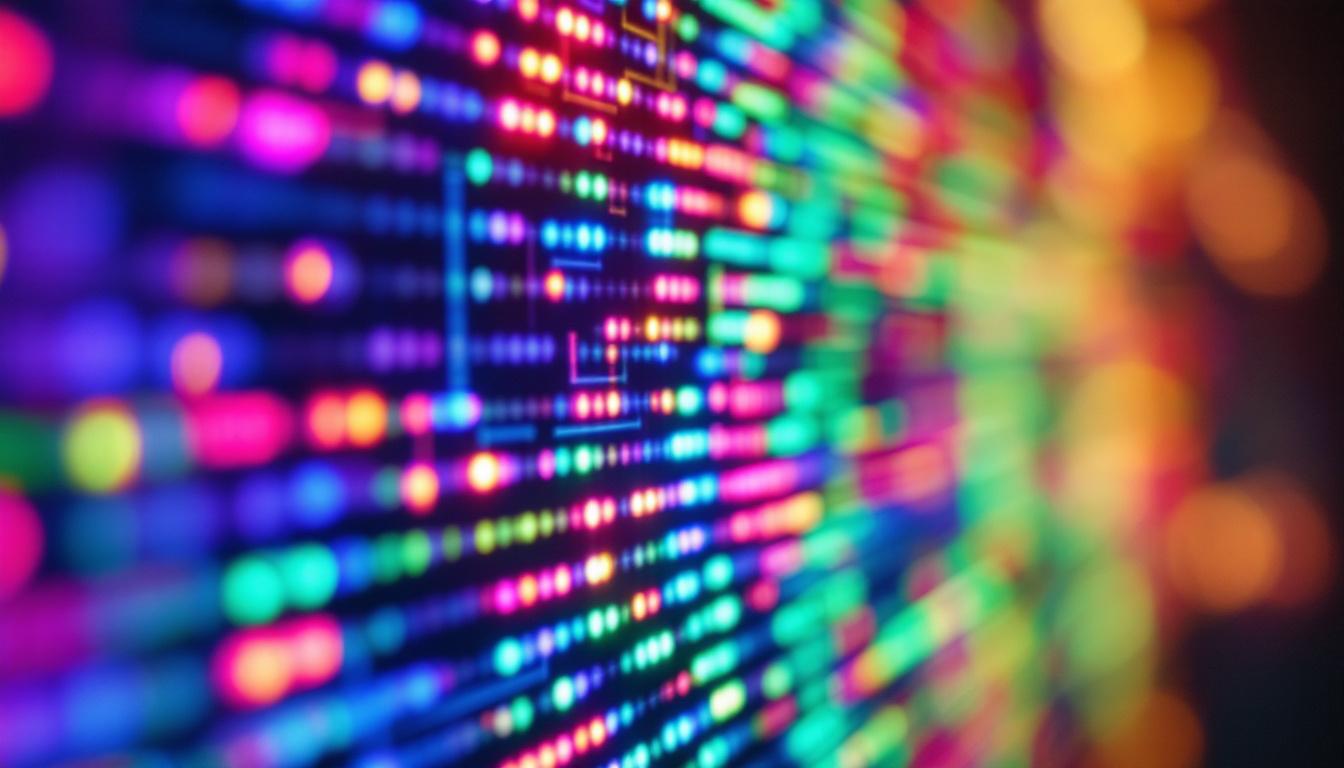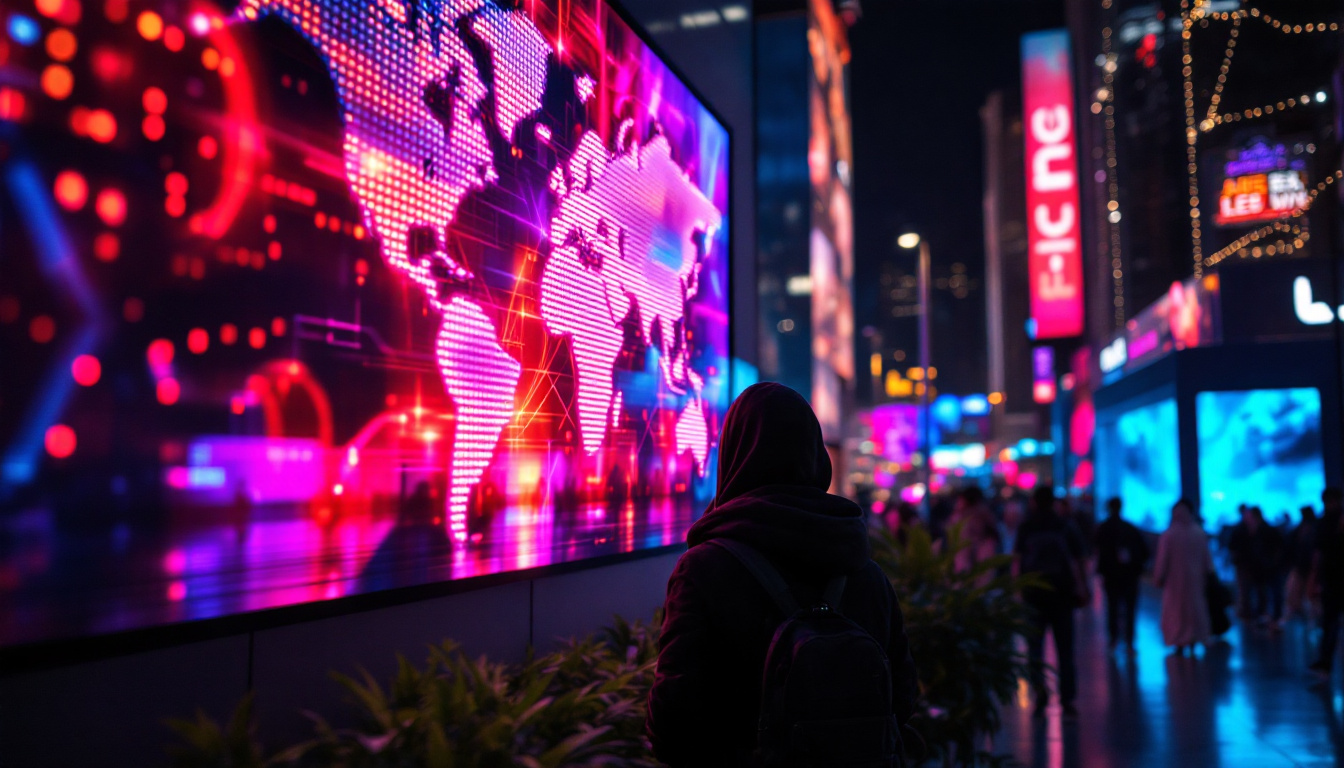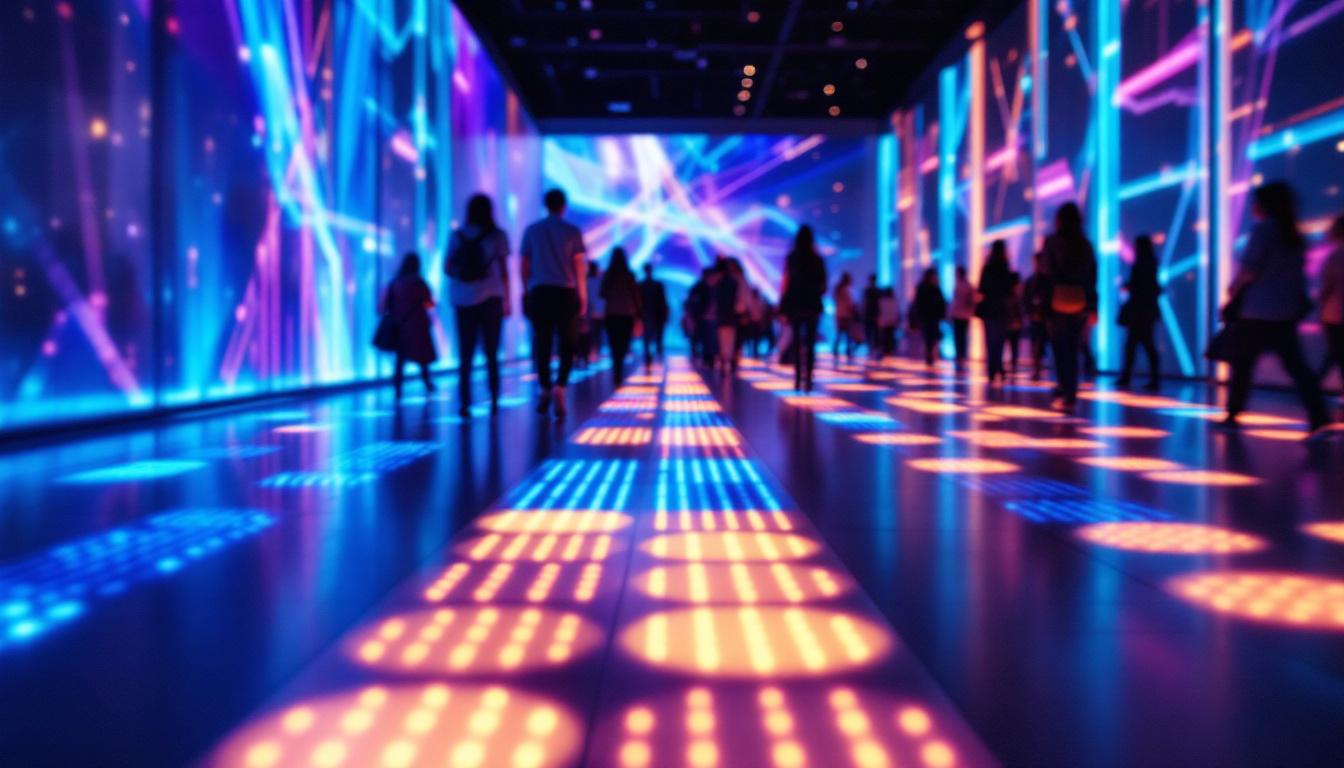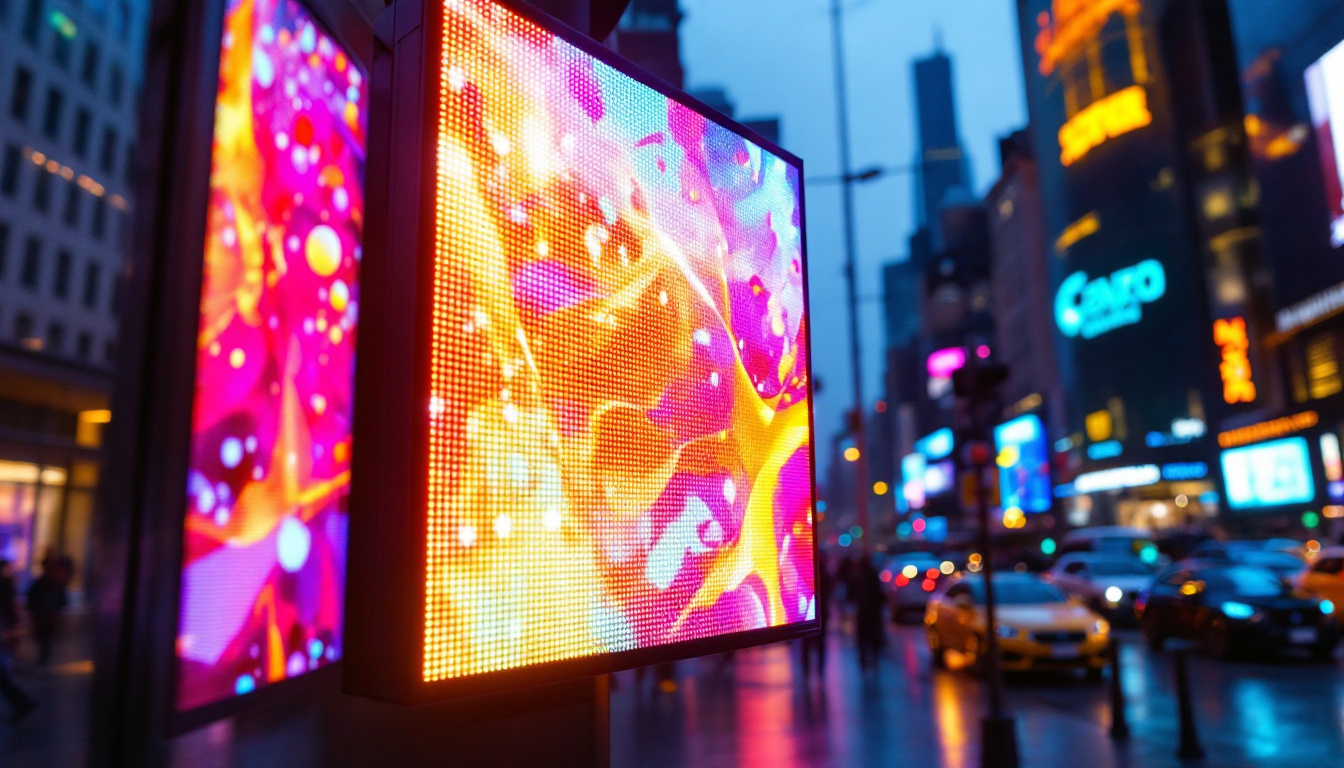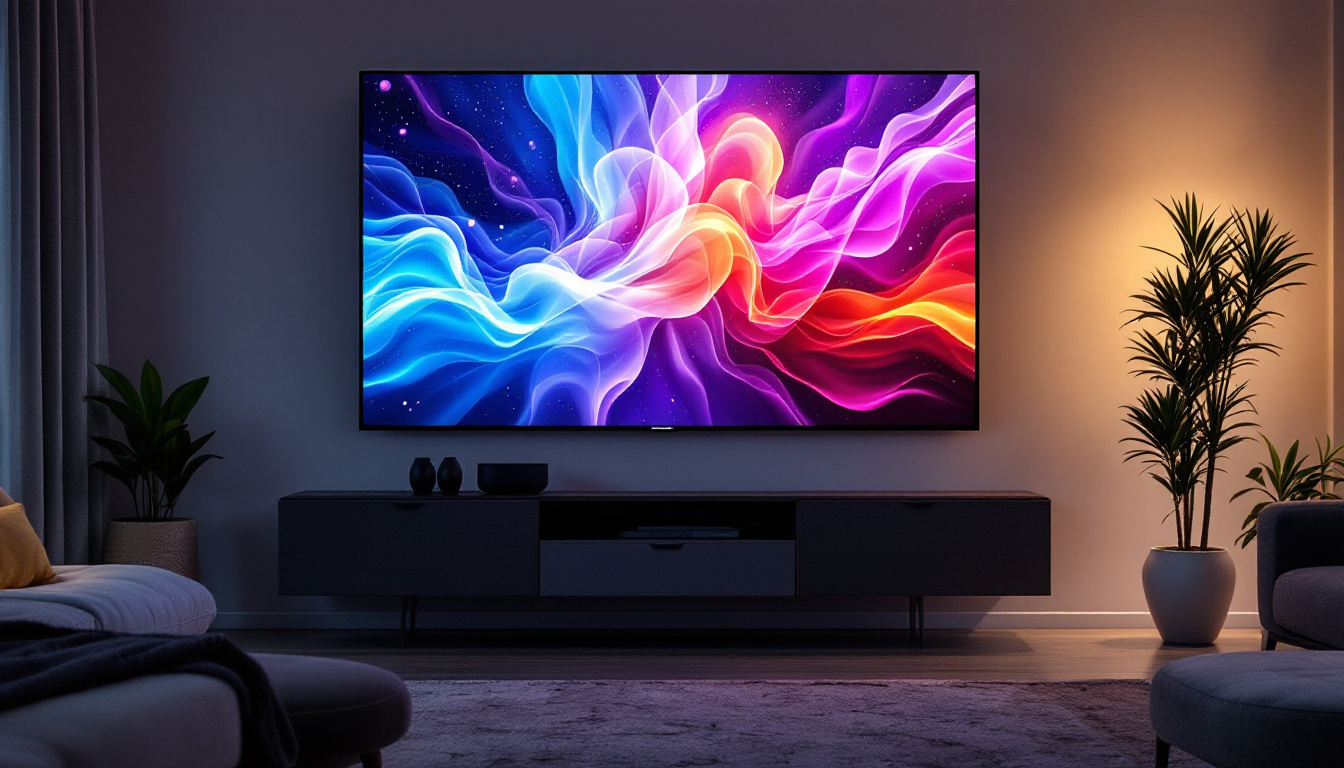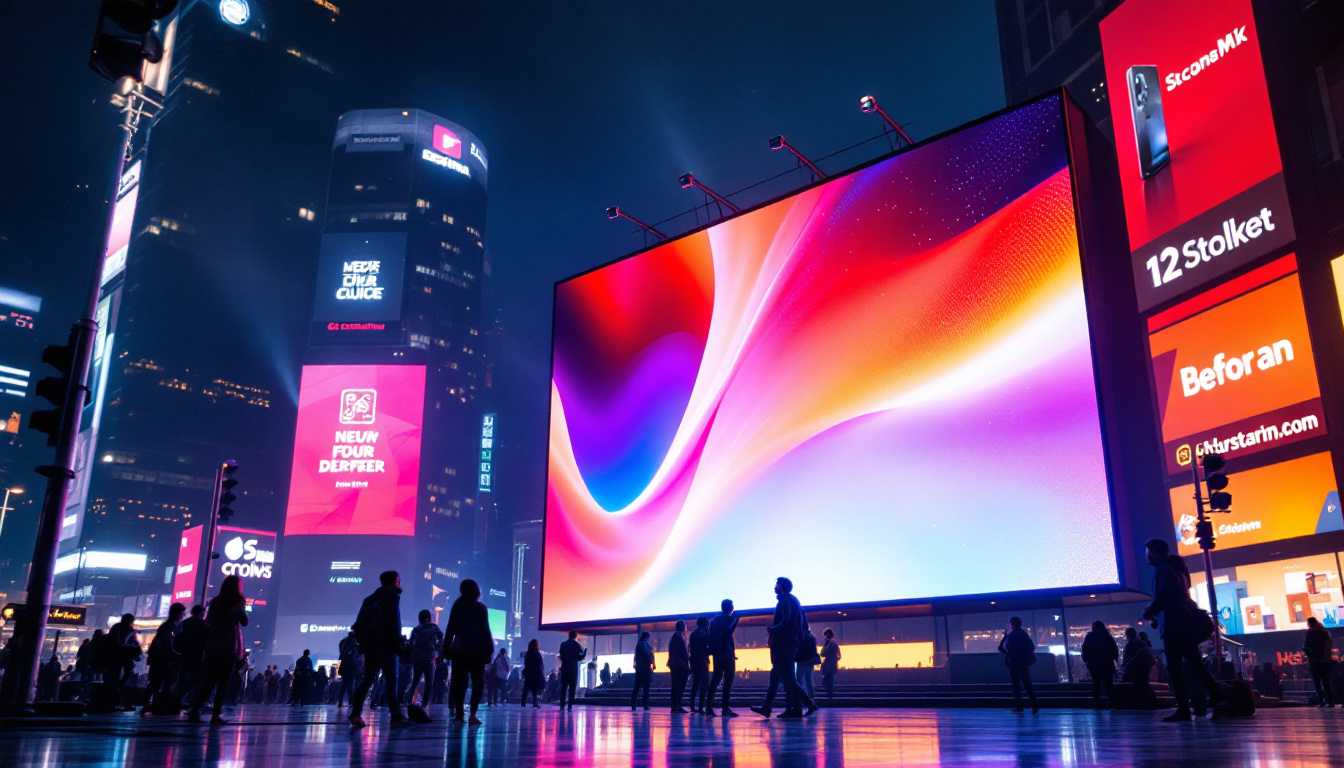Times Square, often referred to as “The Crossroads of the World,” is a vibrant hub of activity, culture, and commerce. One of its most striking features is the multitude of LED displays that adorn the area, showcasing everything from advertisements to artistic displays. These LED screens are not just visually captivating; they also represent a significant financial investment. Understanding the costs associated with these displays can provide insight into their value and the technology behind them.
Understanding LED Display Technology
LED (Light Emitting Diode) technology has revolutionized the way visual content is presented, especially in high-traffic areas like Times Square. Unlike traditional billboards, LED displays offer dynamic content capabilities, allowing for vibrant colors and high-resolution images that can capture the attention of passersby. The ability to change content in real-time means that advertisers can tailor their messages to specific audiences or events, maximizing the impact of their campaigns. This flexibility has made LED displays a preferred choice for brands looking to engage consumers in a visually stimulating environment.
How LED Displays Work
At the core of LED displays are thousands of tiny diodes that emit light when an electric current passes through them. These diodes are arranged in a grid, forming pixels that collectively create images and videos. The quality of an LED display is often measured in terms of pixel pitch, which refers to the distance between the centers of two adjacent pixels. A smaller pixel pitch results in higher resolution and clearer images, which is particularly important in a crowded environment like Times Square. Furthermore, advancements in LED technology have led to improvements in brightness and energy efficiency, allowing displays to perform optimally even in direct sunlight, ensuring that content remains visible and engaging at all hours of the day.
Types of LED Displays
There are several types of LED displays used in Times Square, each serving different purposes. The most common types include:
- Full-color displays: These are capable of displaying a wide range of colors and are often used for advertisements and promotional content.
- Monochrome displays: Typically used for text-based information, these displays are less common in Times Square but can still be found in certain areas.
- Transparent LED displays: These innovative displays allow for visibility through the screen while still showcasing content, making them ideal for storefronts.
Additionally, there are specialized LED displays designed for unique applications. For instance, outdoor LED screens are built to withstand harsh weather conditions, featuring protective casings that shield the components from rain, wind, and extreme temperatures. Indoor LED displays, on the other hand, are optimized for lower brightness levels and finer pixel pitches, making them perfect for events, concerts, and exhibitions where close viewing is common. Moreover, some displays incorporate interactive features, allowing users to engage with the content through touch or motion sensors, further enhancing the viewer experience and creating memorable interactions.
The Cost of LED Displays in Times Square
The cost of installing and maintaining an LED display in Times Square can vary significantly based on several factors, including size, resolution, and location. Generally, the investment can range from hundreds of thousands to several million dollars.
Factors Influencing Cost
Several key factors contribute to the overall cost of LED displays:
- Size: Larger displays naturally require more materials and technology, driving up costs. A typical large-format display in Times Square can measure over 30 feet wide.
- Resolution: Higher resolution displays, which provide clearer and more detailed images, are more expensive. Advertisers often opt for high-resolution screens to ensure their content stands out.
- Location: The placement of the display can significantly affect its cost. Screens positioned in high-traffic areas or with a direct view of the street command premium prices.
Installation and Maintenance Costs
Beyond the initial purchase price, installation and ongoing maintenance are critical components of the total cost. Installation can involve complex engineering and structural work, especially for large displays that require specialized mounting systems. Maintenance is equally important, as LED displays need regular checks and repairs to ensure optimal performance. This can include cleaning, software updates, and replacing faulty components.
Moreover, the environmental factors of Times Square cannot be overlooked. The area is subject to harsh weather conditions, including rain, snow, and extreme temperatures, which can affect the longevity and performance of LED displays. As a result, manufacturers often incorporate weather-resistant features and materials to enhance durability, which can further increase costs. Additionally, the constant exposure to sunlight necessitates the use of high-brightness LEDs to ensure visibility, adding another layer of expense.
Another significant aspect to consider is the technological advancements in LED display technology. Innovations such as flexible displays and interactive screens are becoming more popular, allowing advertisers to create dynamic and engaging content. However, these cutting-edge technologies often come with a higher price tag. Furthermore, the competition among advertisers in Times Square drives the demand for more sophisticated displays, pushing costs even higher as businesses strive to capture the attention of the millions of visitors that flock to the area each year.
Revenue Generation from LED Displays
Despite the high initial costs, LED displays in Times Square can be incredibly lucrative. Advertisers are willing to pay a premium for the opportunity to showcase their brands in such a high-visibility location. The vibrant colors and dynamic content of these displays not only capture attention but also create a memorable experience for viewers, making them more likely to recall the advertised brands long after they leave the area.
Advertising Rates
The advertising rates for LED displays in Times Square can vary widely, depending on factors such as screen size, location, and time of day. On average, advertisers can expect to pay anywhere from $5,000 to $50,000 per day for display time. Premium spots can command even higher rates, especially during peak tourist seasons or major events. For instance, during the New Year’s Eve celebrations or significant sporting events, the demand for advertising space skyrockets, leading to bidding wars among brands eager to secure a spot in the spotlight.
Target Audience and Engagement
One of the primary reasons for the high advertising rates is the vast audience that Times Square attracts. Millions of tourists and locals pass through the area each year, providing advertisers with an unparalleled opportunity to reach a diverse demographic. The engaging nature of LED displays also contributes to higher viewer retention, making advertisements more effective. Moreover, the ability to incorporate real-time data, such as weather updates or social media feeds, allows brands to tailor their messages to the current mood and interests of the crowd, further enhancing engagement.
Additionally, the strategic placement of these displays plays a crucial role in maximizing visibility. Many LED screens are positioned at eye level, ensuring that pedestrians can easily view the content as they navigate the bustling streets. This proximity not only increases the likelihood of spontaneous purchases but also fosters a sense of connection between the audience and the brand. With the rise of interactive technology, some displays even allow for audience participation, creating a two-way communication channel that can significantly boost brand loyalty and consumer interest.
Case Studies of Iconic LED Displays
Several iconic LED displays in Times Square have become landmarks in their own right, showcasing the potential of this technology to engage audiences and generate revenue.
The Coca-Cola Sign
The Coca-Cola sign, one of the most recognized displays in Times Square, features a massive LED screen that showcases vibrant advertisements and animations. This display has undergone several upgrades over the years, with the latest iteration incorporating advanced LED technology to enhance image quality. The investment in this display has paid off, as it continues to draw attention and generate significant advertising revenue for the brand.
The Nasdaq Tower
The Nasdaq Tower is another prominent example of LED display technology in Times Square. This massive screen not only displays stock market information but also hosts advertisements and live events. Its high-resolution capabilities allow for stunning visuals that captivate viewers, making it a prime location for advertisers looking to make an impact.
The Future of LED Displays in Times Square
As technology continues to evolve, the future of LED displays in Times Square looks promising. Innovations in display technology, such as flexible screens and improved energy efficiency, are likely to shape the next generation of visual advertising.
Emerging Technologies
Emerging technologies, such as augmented reality (AR) and virtual reality (VR), are beginning to influence the design and functionality of LED displays. These technologies can create immersive experiences that engage viewers in new ways, enhancing the overall impact of advertisements.
Sustainability Considerations
With growing awareness of environmental issues, sustainability is becoming a key consideration in the development of LED displays. Manufacturers are exploring eco-friendly materials and energy-efficient designs to reduce the environmental impact of these installations. This shift not only benefits the planet but can also appeal to consumers who prioritize sustainability in their purchasing decisions.
Conclusion
Times Square’s LED displays are a testament to the intersection of technology, art, and commerce. While the costs associated with these displays can be substantial, the potential for revenue generation and audience engagement makes them a worthwhile investment for advertisers. As technology continues to advance, the future of LED displays in Times Square promises to be even more dynamic and exciting, offering a glimpse into the evolving landscape of visual communication.
In summary, understanding the costs and implications of LED displays in Times Square provides valuable insights into the broader trends in advertising and technology. As these displays continue to evolve, they will undoubtedly play a crucial role in shaping the experiences of millions who visit this iconic location each year.
Illuminate Your Brand with LumenMatrix
Ready to elevate your advertising to new heights in the bustling heart of Times Square? LumenMatrix is at the forefront of LED display innovation, offering a diverse range of solutions tailored to your unique needs. From the immersive Indoor LED Wall Display to the dynamic Outdoor LED Wall Display, and from the mobile versatility of Vehicle LED Displays to the interactive Floor LED Display, our technology is designed to make your brand shine. Discover how LumenMatrix can transform your visual communication and captivate your audience. Check out LumenMatrix LED Display Solutions today and take the first step towards an unforgettable visual presence.

